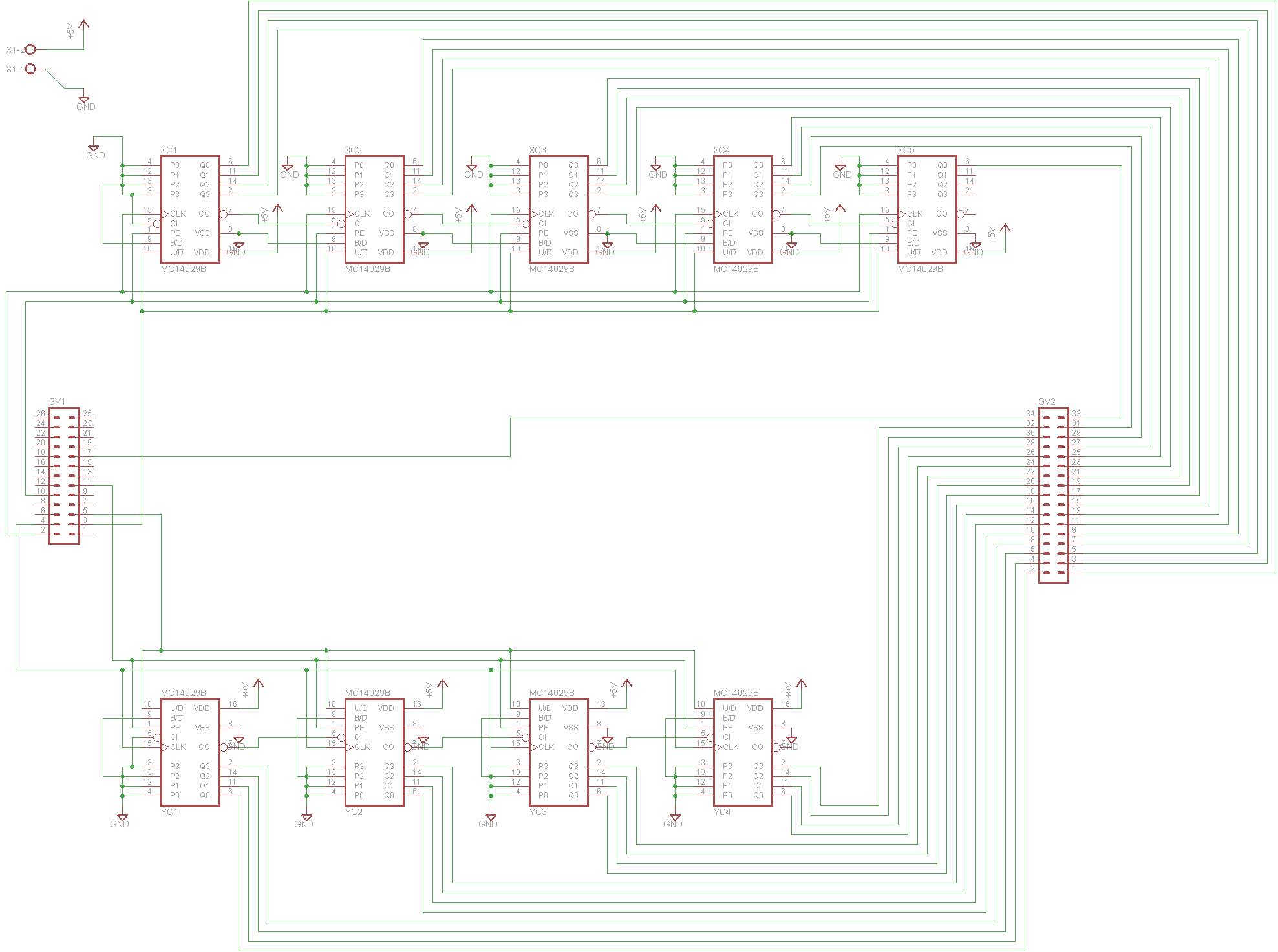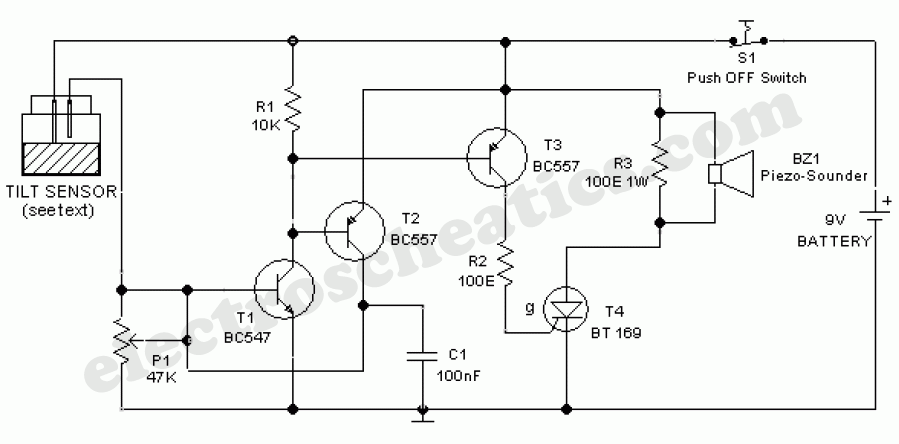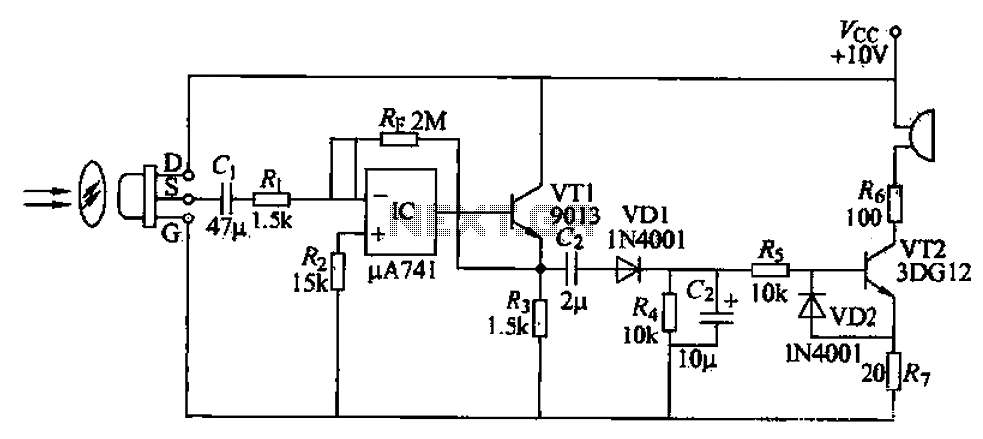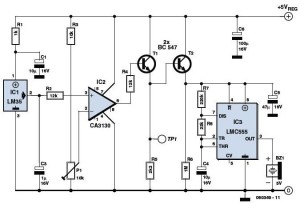
Laser Perimeter Alarm
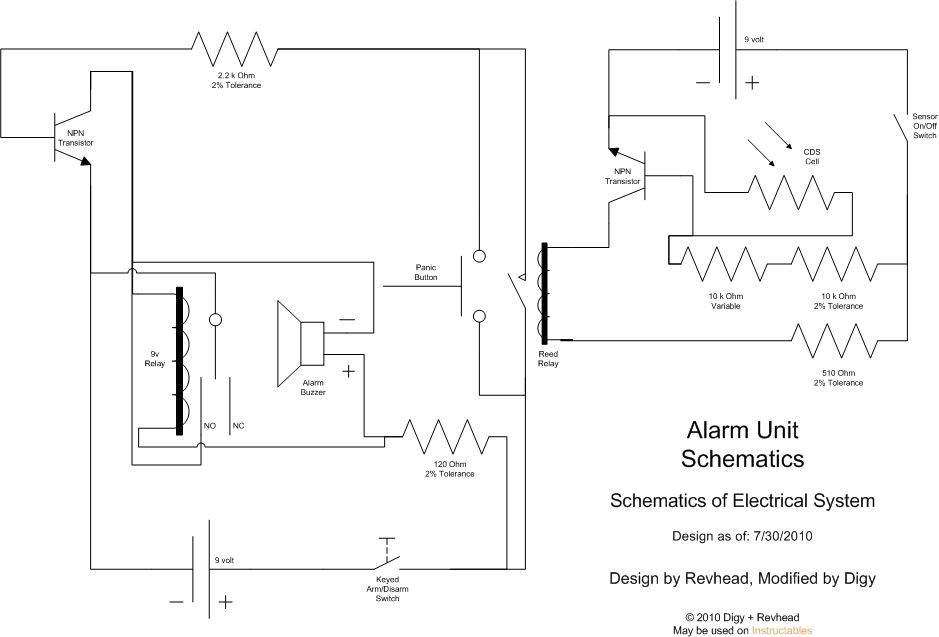
Learn how to strengthen your security system, regardless of its size, with this innovative and customizable laser grid. Once an individual crosses the threshold, the system activates...
The concept of a customizable laser grid for security applications involves the deployment of multiple laser beams arranged in a grid-like pattern across a designated area. This system serves as a perimeter defense mechanism, commonly utilized in high-security environments such as military facilities, research labs, and private properties.
The laser grid consists of a series of laser emitters and photodetectors strategically positioned to create an invisible barrier. When an intruder or an unauthorized entity crosses the grid, the interruption of the laser beams triggers an alarm or activates a response mechanism. The flexibility in design allows for adjustments in the grid's dimensions, the number of beams, and their intensity, catering to various security needs.
To implement such a system, the following components are typically required:
1. **Laser Emitters**: These devices generate coherent light beams that are directed across the protected area. The choice of wavelength and power output must comply with safety regulations while ensuring sufficient detection range.
2. **Photodetectors**: Positioned opposite the laser emitters, these sensors detect when a laser beam is interrupted. They can be based on photodiode or phototransistor technology, depending on the required sensitivity and response time.
3. **Control Unit**: This central processing unit receives signals from the photodetectors and determines whether an alarm condition has been met. It may include programmable logic controllers (PLCs) or microcontrollers capable of processing multiple inputs.
4. **Alarm System**: Once an intrusion is detected, the control unit activates an alarm system, which can include audible alarms, visual indicators, or notifications sent to security personnel via a monitoring system.
5. **Power Supply**: A reliable power source is essential to ensure continuous operation of the laser grid. Backup power solutions, such as batteries or uninterruptible power supplies (UPS), may be integrated to maintain functionality during power outages.
6. **User Interface**: A user-friendly interface allows for the system's configuration, monitoring, and real-time adjustments. This may include software applications or physical control panels.
In addition to the primary components, safety measures must be taken to prevent accidental exposure to laser beams, such as warning signs and safety interlocks. The system should also be tested regularly to ensure reliable operation and to minimize false alarms.
Overall, the customizable laser grid represents a sophisticated approach to perimeter security, combining advanced technology with flexible design to meet diverse protective requirements.Learn how to fortify your fortress no matter what the size with this ingenious myriad of a customizable laser grid. Once someone steps through and bre.. 🔗 External reference
The concept of a customizable laser grid for security applications involves the deployment of multiple laser beams arranged in a grid-like pattern across a designated area. This system serves as a perimeter defense mechanism, commonly utilized in high-security environments such as military facilities, research labs, and private properties.
The laser grid consists of a series of laser emitters and photodetectors strategically positioned to create an invisible barrier. When an intruder or an unauthorized entity crosses the grid, the interruption of the laser beams triggers an alarm or activates a response mechanism. The flexibility in design allows for adjustments in the grid's dimensions, the number of beams, and their intensity, catering to various security needs.
To implement such a system, the following components are typically required:
1. **Laser Emitters**: These devices generate coherent light beams that are directed across the protected area. The choice of wavelength and power output must comply with safety regulations while ensuring sufficient detection range.
2. **Photodetectors**: Positioned opposite the laser emitters, these sensors detect when a laser beam is interrupted. They can be based on photodiode or phototransistor technology, depending on the required sensitivity and response time.
3. **Control Unit**: This central processing unit receives signals from the photodetectors and determines whether an alarm condition has been met. It may include programmable logic controllers (PLCs) or microcontrollers capable of processing multiple inputs.
4. **Alarm System**: Once an intrusion is detected, the control unit activates an alarm system, which can include audible alarms, visual indicators, or notifications sent to security personnel via a monitoring system.
5. **Power Supply**: A reliable power source is essential to ensure continuous operation of the laser grid. Backup power solutions, such as batteries or uninterruptible power supplies (UPS), may be integrated to maintain functionality during power outages.
6. **User Interface**: A user-friendly interface allows for the system's configuration, monitoring, and real-time adjustments. This may include software applications or physical control panels.
In addition to the primary components, safety measures must be taken to prevent accidental exposure to laser beams, such as warning signs and safety interlocks. The system should also be tested regularly to ensure reliable operation and to minimize false alarms.
Overall, the customizable laser grid represents a sophisticated approach to perimeter security, combining advanced technology with flexible design to meet diverse protective requirements.Learn how to fortify your fortress no matter what the size with this ingenious myriad of a customizable laser grid. Once someone steps through and bre.. 🔗 External reference

